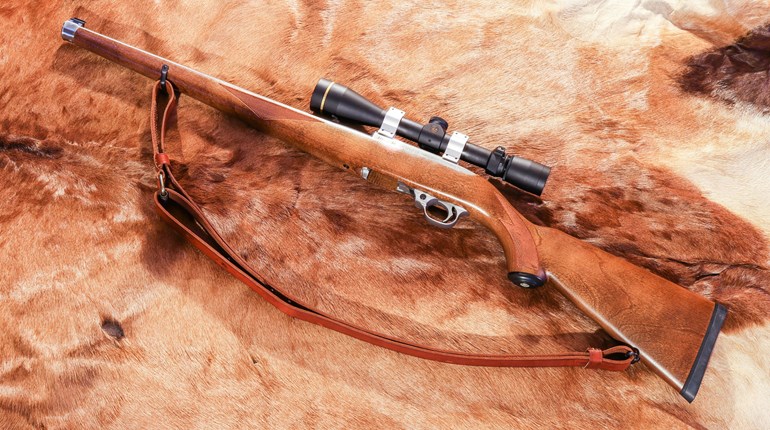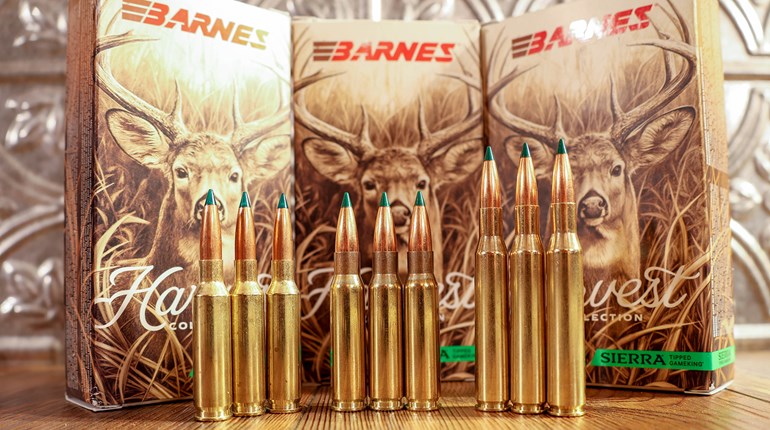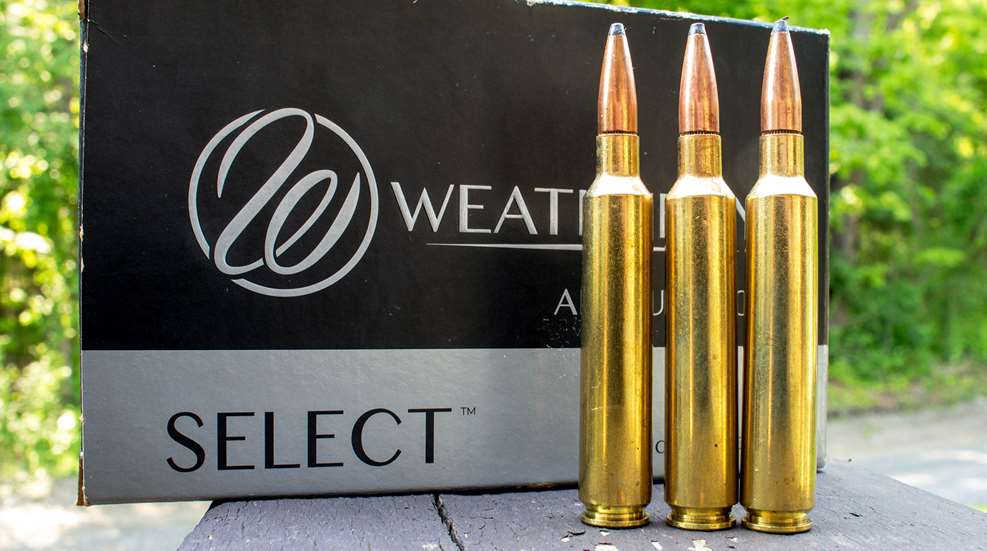
Mention the name ‘Weatherby’ when having a discussion about rifle cartridges, and almost invariably you’ll hear about the belted cases and the signature double-radius shoulder of Roy’s creations. Some are of Holland & Holland diameter—for that case was the basis for most of the Weatherby cartridges—and some are smaller, such as the almost petite .224 Weatherby Magnum. And then some are huge, like the .378 Weatherby, .460 Weatherby and their ilk. There are derivatives of those cartridges, like the .30-378 Weatherby Magnum and 6.5-300 Weatherby Magnum.
Being a third-generation family business, Roy’s grandson Adam is now at the helm of the company, having moved the company from California to the much-more-firearm-friendly Montana. For his first new cartridge, you might think Adam would’ve followed suit, producing a belted magnum, in the radius-shoulder guise; but that is not the case at all. Adam made a bold move and released the 6.5 Weatherby Rebated Precision Magnum, a rimless cartridge with a conventional angled shoulder. While most of the shooting world was mildly shocked, I was actually intrigued, for reasons you’ll shortly see.
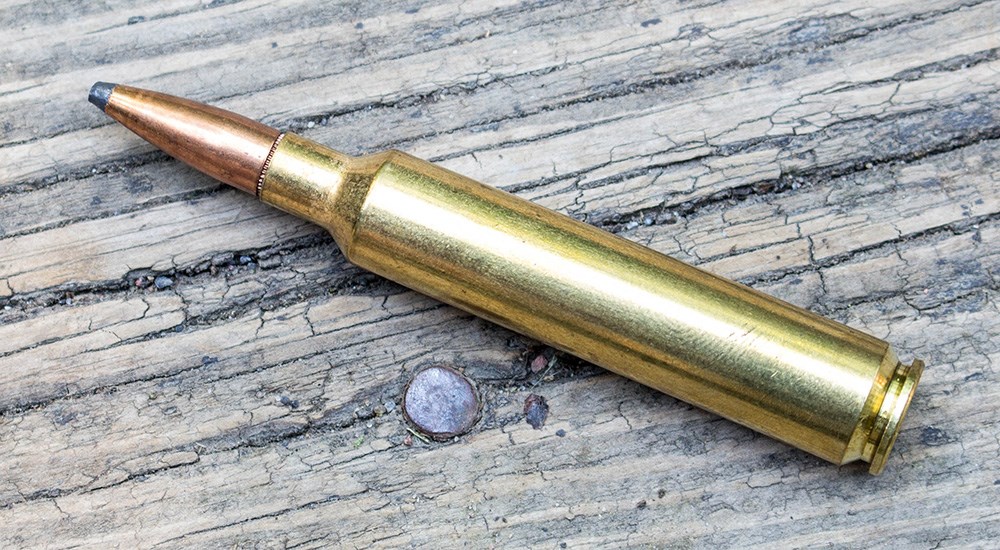
Weatherby was looking for a cartridge which would best compliment their lightweight six-lug Mark V used for their Backcountry rifles. The 6.5 RPM is, essentially, an elongated 6.5-284 Norma, using the same body diameter, .473-inch diameter case head and 35-degree 25-minute shoulder as the Norma design. The difference is the case length; where the 6.5-284 Norma uses a case length of 2.17 inches, and a cartridge overall length of 3.228 inches, the 6.5 RPM has a case measuring 2.57 inches, and an overall length of 3.34 inches—the same as the .30-06. And where the 6.5-284 Norma does double duty as a long-range target cartridge as well as being right at home in the hunting fields, the 6.5 Weatherby RPM was bred for adventures.
The goal was to build a magnum-class cartridge in a small package, and it seems Weatherby has done just that. I make no apologies for being an unabashed fan of the 6.5-284 Norma, and I still feel it is one of the finest deer cartridges around. The 6.5 RPM betters the muzzle velocity of most of the 6.5-284 Norma loads by a couple of hundred fps, pushing a 140-grain Nosler AccuBond to 3075 fps and carrying 1,500 ft.-lbs. of energy out to 500 yards. For the mountain hunter, this level of performance in a rifle weighing in at less than six pounds is rather appealing.
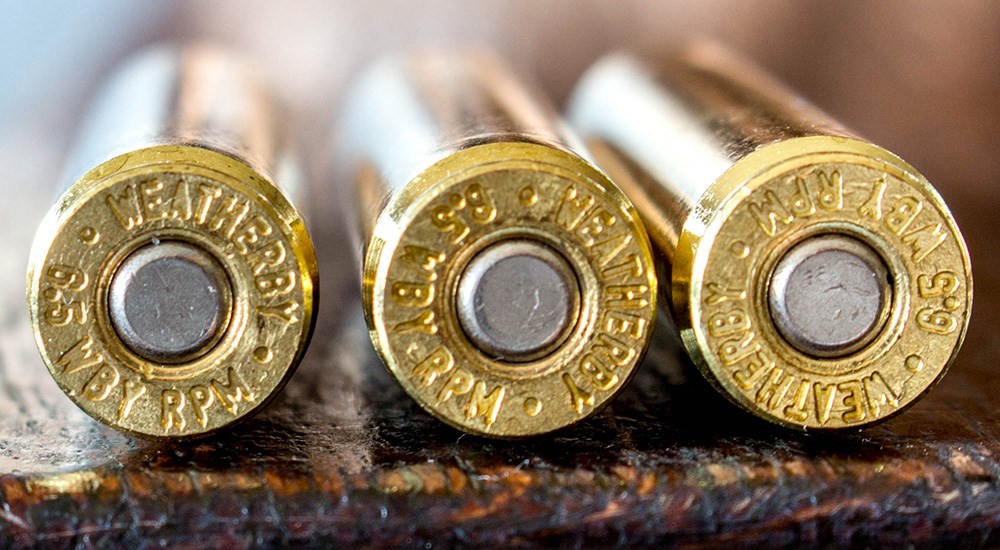
Weatherby offers four factory loads for the their 6.5 RPM: the 140-grain Nosler AccuBond load I mentioned above, a 130-grain Swift Scirocco II, a 140-grain Hornady InterLock load leaving the muzzle at 2,975 fps, and a 127-grain Barnes LRX load, cruising along at 3225 fps, for those who like the monometal bullets or are forced to use them by law. In an additional departure from Weatherby designs, the 6.5 RPM does not use the long freebore in the throat so often associated with their prior cartridges, using a more traditional design. You might ask, why not just use the existing 6.5-284 Norma cartridge? Well, I cannot attest to Weatherby’s motives, but considering that the Mark V six-lug action is the .30-06-length—the standard long action—it makes sense to develop a cartridge which is best suited to that action, and both the 6.5-284 Norma and its parent, the .284 Winchester, were conceived as short-action cartridges.
Comparing the 6.5 RPM and other 6.5mm cartridges, I like the numbers. It isn’t nearly as fast as the 6.5-300 Weatherby—which might just be too fast for its own good—or the .26 Nosler, yet offers a velocity advantage over the highly popular 6.5 Creedmoor. The 6.5 RPM is very close in performance to the 6.5 PRC, with the latter being a short-action cartridge bearing an uncanny resemblance to the WSM family. The 6.5mm bore diameter can make a good all-around choice for a big game cartridge, but with factory load bullet weights topping out at 140-grains, you’ve got to be careful with the large cervids like elk and especially moose, and I firmly believe the 6.5s are a terrible choice for brown bears. But, for deer of any species, for black bear, pronghorn antelope, feral hogs, and the majority of exotics, a 6.5mm premium bullet will get the job done. Recoil is usually minimal in comparison to the .30s, and most can be housed in a petite rifle. The 6.5 RPM is on the faster end of the spectrum, without being so overbore as to drastically reduce barrel life. And, as the cartridge was developed for hunting, odds are you won’t heat up the barrel of your hunting rifle like you would a target gun.
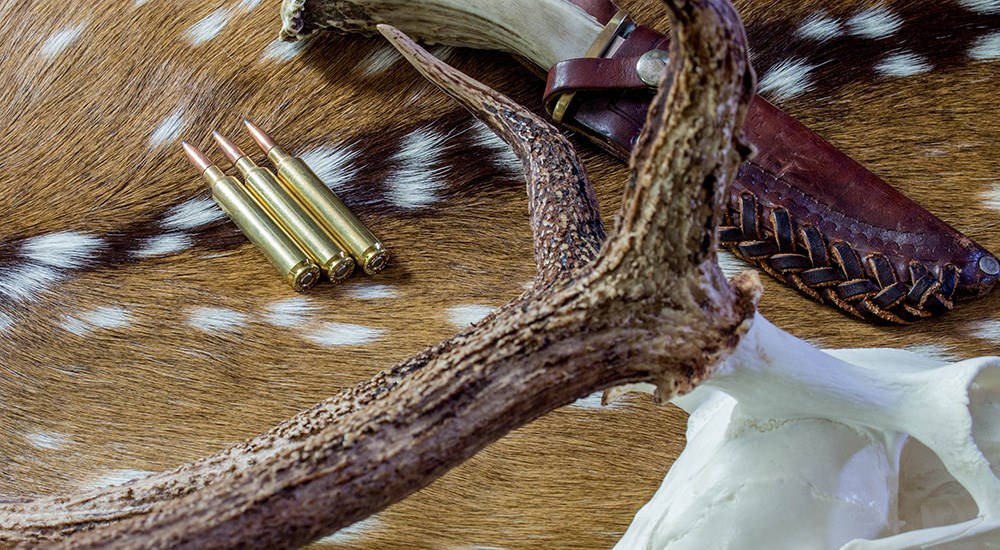
Like most of the Weatherby ammunition, the 6.5 RPM factory loads can be pricey, and I could see why a hunter would want to handload for this cartridge. While load data—at the time of this writing—is scarce and sketchy, you’ll want a slow-burning powder like Alliant’s Reloder 25 or IMR 7828 to get the most out of the RPM, sparked by a standard large rifle primer.
If you are skeptical about the longevity of the RPM design, Weatherby has recently announced the introduction of its sister cartridge, the .338 Weatherby RPM. This tells me that Weatherby at least believes in the concept, and I’d have to agree. For a lightweight hunting rig, you could do a helluva lot worse than choosing the 6.5 Weatherby RPM.
Looking for previous installments of our "Behind the Bullet" series? We've got you covered.
• .327 Federal Magnum
• .450 Bushmaster
• 7mm PRC
• .275 Rigby
• .340 Weatherby Magnum
• .416 Ruger
• 27 Nosler
• .257 Roberts
• 7mm Weatherby Magnum
• .300 PRC
• .350 Rigby Magnum
• .450 Nitro Express
• .17 Hornet
• 7mm STW
• 6.8 Western
• .375 Ruger
• .223 Remington
• 6.5x55 Swedish
• .416 Remington Magnum
• .300 Winchester Short Magnum
• 28 Nosler
• 6.5 PRC
• .22 WMR
• .458 Winchester Magnum
• .22 Hornet
• .280 Ackley Improved
• .240 Weatherby Magnum
• .458 Lott
• .264 Winchester Magnum
• .348 Winchester
• .33 Nosler
• .260 Remington
• .30-30 Winchester
• .416 Rigby
• .358 Norma Magnum
• .22 LR
• 7mm-08 Remington
• 8mm Remington Magnum
• .338 Federal
• .224 Valkyrie
• .338-06 A-Square
• 9.3x62mm Mauser
• .257 Weatherby Magnum
• .45-70 Government
• .300 H&H Magnum
• .25-06 Remington
• .30-06 Springfield
• 6.5 Creedmoor
• .300 Remington Ultra Magnum
• 7mm Remington Magnum
• .470 Nitro Express
• .280 Remington
• .300 Winchester Magnum
• .270 Winchester
• .222 Remington
• .45 ACP
• .404 Jeffery
• .44 Remington Magnum
• .41 Remington Magnum
• .243 Winchester
• .338 Winchester Magnum
• .357 S&W Magnum
• 6.5-284 Norma
• 8x57 Mauser
• .38 Smith & Wesson Special
• 7x57mm Mauser
• 9mm Luger
• .35 Whelen
• .454 Casull
• .375 H&H Magnum
• .45 Colt
• .22-250 Remington
• 10mm Auto
• .308 Winchester














